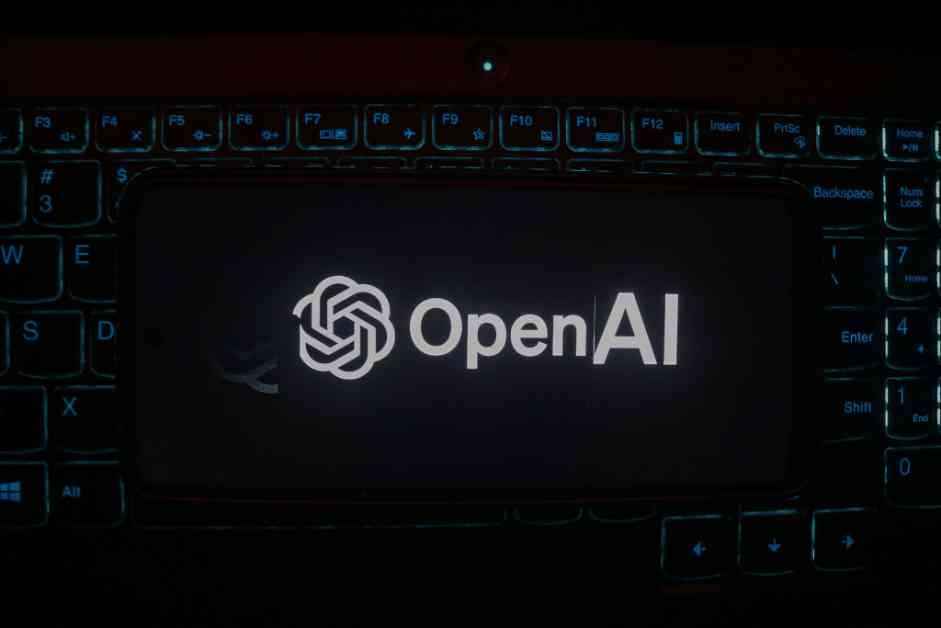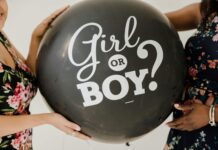US Officials Shed Light on AI Art Copyright: The Intersection of Technology and Creativity
In a recent report from the US Copyright Office, a groundbreaking announcement has been made regarding the protection of content generated by artificial intelligence. The guidelines released by the Copyright Office have sparked a significant conversation within creative industries about the copyright status of AI-created material.
The report delves into the intricate policy issues surrounding artificial intelligence, specifically focusing on the question of whether content produced solely by AI is eligible for copyright protection. This is a topic that has garnered increased attention in recent years as AI technology continues to evolve and push the boundaries of traditional copyright laws.
The Intersection of AI and Copyright Law: A Complex Landscape
According to the guidelines outlined by the Copyright Office, content generated by AI, such as text-to-image generators, does not currently qualify for copyright protection. The reasoning behind this decision lies in the lack of sufficient control that users have over AI prompts, which ultimately dictates the final output. The report emphasizes that users of AI systems cannot be considered the authors of the content produced by these machines.
An illustrative example provided in the report highlights the unpredictability of AI-generated content, contrasting it with human creativity. The report discusses a case where an AI system, Gemini, deviated from user instructions and added its own elements to an image, such as a cat with a human hand. This stark difference in creative control between AI and humans underscores the challenges in determining authorship and copyright ownership in AI-generated works.
The report emphasizes that the key factor in determining copyright eligibility is the degree of human control over the creative process, rather than the predictability of the outcome. While AI can be used as a tool to assist in the creative process, the final product must reflect a significant degree of human creativity to be eligible for copyright protection.
Navigating the Gray Areas: AI in Creative Expression
The guidelines also address the use of AI technology in assisting human creativity, such as generating outlines for books or modifying preexisting works. The report highlights a case where author Kris Kashtanova sought copyright protection for her comic book Zarya of the Dawn, which was created using an AI generator. The Copyright Office initially approved her request but later retracted it upon discovering the AI-generated elements in the artwork. The final decision focused on protecting the elements that Kashtanova herself had created.
Artists who incorporate AI-generated elements into their work must ensure that the human-made aspects are sufficiently creative and recognizable to be eligible for copyright protection. The report emphasizes that perceptible human expression is crucial in determining the copyright status of works that involve AI-generated content.
The Copyright Office also addresses the issue of derivative works that incorporate AI-generated elements, stating that these works can be protected if they demonstrate significant creative modification by the human artist. The guidelines stress the importance of evaluating each case individually to determine the level of human creativity present in the final product.
As AI technologies like ChatGPT, DALL-E, and Midjourney become more accessible, the Copyright Office has seen a rise in requests to copyright works created with AI. Legal challenges have emerged from digital artists who allege that AI platforms are plagiarizing human-made work, prompting the Copyright Office to consider the legal implications of AI-generated content in the context of appropriation art.
In conclusion, the report acknowledges that the evolving landscape of AI art poses unique challenges to traditional copyright laws. As AI continues to advance, the boundaries of copyright protection will need to adapt to accommodate the complexities of machine-generated creativity. The guidelines offer a framework for navigating the intersection of technology and creativity, but the evolving nature of AI suggests that these principles may need to be revisited in the future to address new legal precedents and technological advancements.












